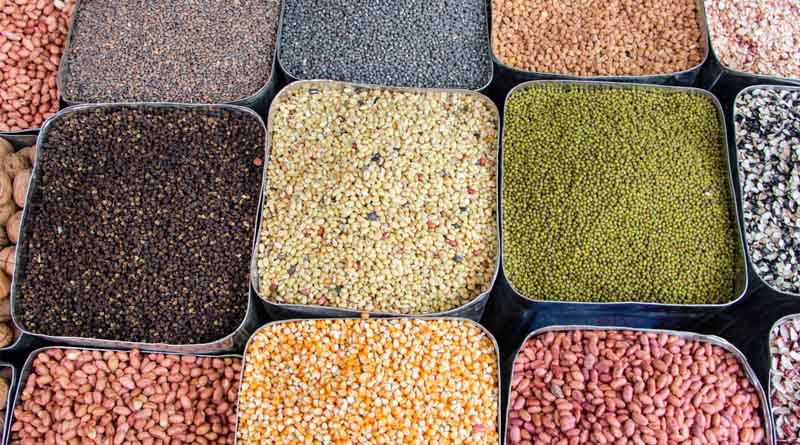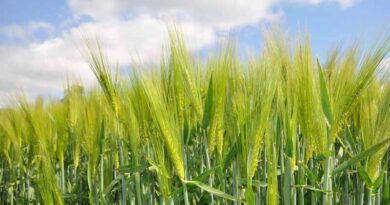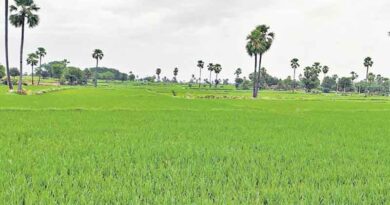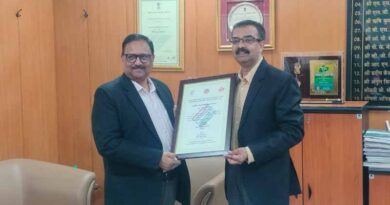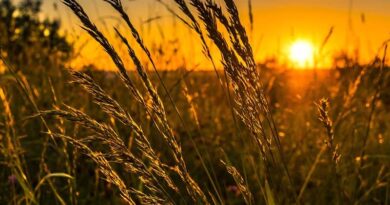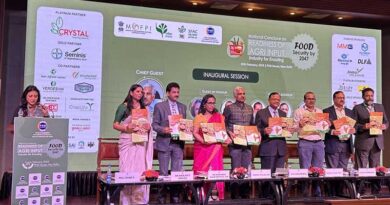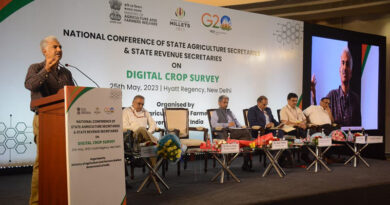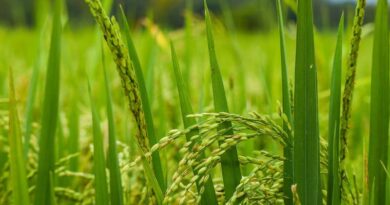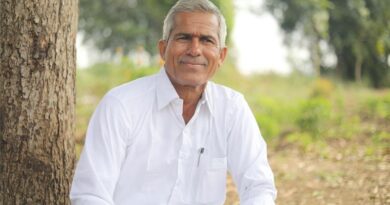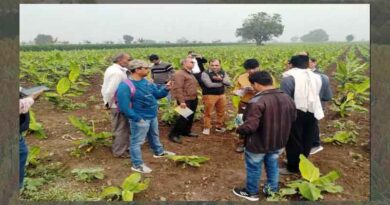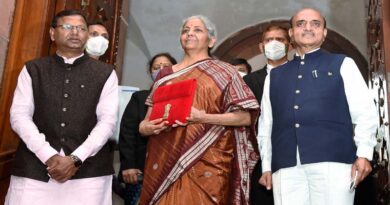World Pulses Day 2024: Will India become self-sufficient in Pulses?
The article is an abstract from a whitepaper titled ‘Will India become self-sufficient in Pulses?‘ published by the Kisan-Vigyan Foundation (KAKV).
10 February 2024, New Delhi: India is the largest producer, consumer, and importer of pulses in the world. Pulses account for 23 percent of the area but contribute 10 percent of the total foodgrain production in the country.
The country imports 14% (2.9 million tonnes in 2023) of global production as it is unable to fulfill the existing demand even though it is the largest producer of pulses in the world (25% of the global production).
Green Revolution Favoured Wheat and Paddy
The adoption of Green Revolution technologies was correlated with the supply of water and fertilizer and therefore wheat and paddy varieties were extensively developed, distributed among farmers, and bought back to make India food secure. Here, the prospects of pulses changed with the reduction in area in pulses.
Since the green revolution model was not replicable in pulses, it did not stay as a subsection of cropping systems which was a normal practice before the advent of the green revolution. Bringing back pulses needs a strategic shift in policies. With food security almost secure, we must see opportunities to intensify the cropping systems by bringing the element of nutritional security through pulses.
Why Are Indian Farmers Turning Away From Pulses?
The yield growth in pulses has not been in line with the post-green revolution growth of many crops. Cereals have ended up in better profit margins with no risk of crop failure. Assured irrigation has reversed a long-term trend of pulse cultivation in Punjab-Haryana and moved farmers towards cereals. Farmers here prefer cereals despite the consequences of receding water table and soil health.
Pulses missed the mark with little or no breakthrough in the evolution of varieties due to various reasons. The weakness of yield stability has not been fully understood. When the yield stability is questionable, the private sector does not participate in developing new technologies.
Pulses Needs A Policy Push
India must assess farmers as part of evidence-based policymaking for pulses. With earnings from pulses cultivation remaining the same or less, it is difficult to attract farmers back to pulses that have moved away from ‘high-risk low return’ crops like pulses to ‘low-risk high return’ cereals.
Without the focus on productivity, it is not possible to achieve self-sufficiency. Pulses seed research in India has failed to meet the benchmark of even African countries. Unless we double the average productivity it will not be possible to be self-sufficient in Pulses.
About Kisan-Vigyan Foundation
Kisan-Vigyan Foundation is a think-tank created to focus on Food & Feed Security of India and to support policies for the economic welfare of the farmers. The foundation has strong governing council members from core sectors of agriculture to work on fact-based research findings and to raise concerns where necessary.
Also Read: Agri-input industry reacts to Union Budget 2024
(For Latest Agriculture News & Updates, follow Krishak Jagat on Google News)

